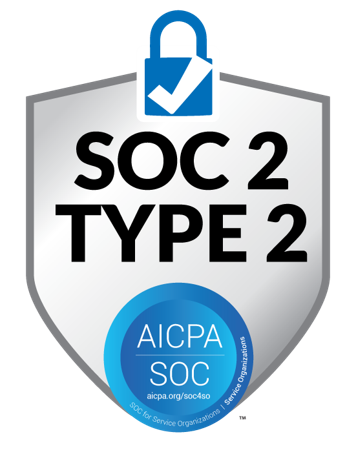Originally Featured in Advertising Week
Recently I was having a conversation with leaders in the advertising technology and agency space. Like many online discussions lately, this one centered on the future of ad targeting and the world without cookies. As we talked about what the future held, an idea popped into my head: does third-party data need a rebrand? Or perhaps, taking a wider view, do we need to completely rebrand the way we talk about all kinds of data used for delivering personalized customer experiences?
Third-party data, the product, is better than ever. It’s ethically sourced and privacy-compliant and will remain so even after cookies fall away. Yet it carries the reputation of legacy poor quality data that was scraped from the internet without consent.
Move beyond third-party data and look at second-party data. Less of a bad connotation, but likely because there’s no clear definition. Often, sellers define “second-party” as whatever suits their product. With myriad definitions floating around, it’s become an almost meaningless term for a tremendously valuable asset.
Even the term “first-party data” can be in question, particularly when it comes to identifying who owns what data. The IAB Tech Lab’s VP of privacy and data protection was recently quoted identifying a new dynamic in the power struggle over email data ownership, asking “…who is the first party: Is it the platform, or is it a brand or a publisher?”
As if that wasn’t enough, “zero-party” data has entered the conversation. This sounds like a nuanced discussion of first-party data, but in the end, adds to the confusion and begs for a better approach.
If the industry’s goal is to give consumers more insight, more security and more agency, what good are terms that are viewed inaccurately or remain largely unclear? How can we expect consumers to know what we’re talking about when we don’t know what we’re talking about?
Cookie deprecation marks the perfect time for a rebrand.
Behind the closed doors of a working session chat room, it’s easy to get on board with this idea and the timing. But when it comes to carving out a new path forward and the questions start flowing, those once-brave advocates of a new data taxonomy become quiet.
The industry moves quickly, things change on a dime and everyone has an agenda, but this might be worth speaking up about. Even if we can’t reach common ground, there are questions worth answering. And perhaps in throwing around some ideas for language that is more descriptive and easier to understand, we’ll make progress towards a more transparent system that benefits both the industry and the consumer.
So let’s have a little fun and start the conversation – what should we call data that are used for delivering targeted marketing? We’ve established that first-, second-and third-party data aren’t really cutting it. Other terms that exist, but aren’t great include:
Consumer data
More accurate, but perhaps still not as precise as a name needs to be. Using a blanket term like this is going to creep out consumers and raise eyebrows among regulators.
External data
Data is not directly collected by a company or organization on their customers. This is opposed to first-party or “internal” data, which is what a brand collects from its actual customers.
This name appears to be gaining traction from the likes of McKinsey and AWS, but again, it runs into the same problems with “Consumer data” in that it’s a little vague and doesn’t really inform the consumer.
External-compliant data
A little more precise, and this captures what makes the data unique from a brand’s data, but what a mouthful.
Privacy-compliant data
Now we’re leaning heavily toward helping both consumers and data buyers understand what they’re getting. That certainly helps in the long run.
At the very least, we need to agree on few ground rules for this next phase of brainstorming: the label should be more accurate in describing the data, its source, and how it’s gathered, and it should avoid negative connotations tied to third-party data.
The hard truth may be that there’s no single name that is going to garner universal consensus. Still, the bottom line is we can and should do better than what we have. Feel free to offer some rebranded names in the comments below.































Submit a Comment